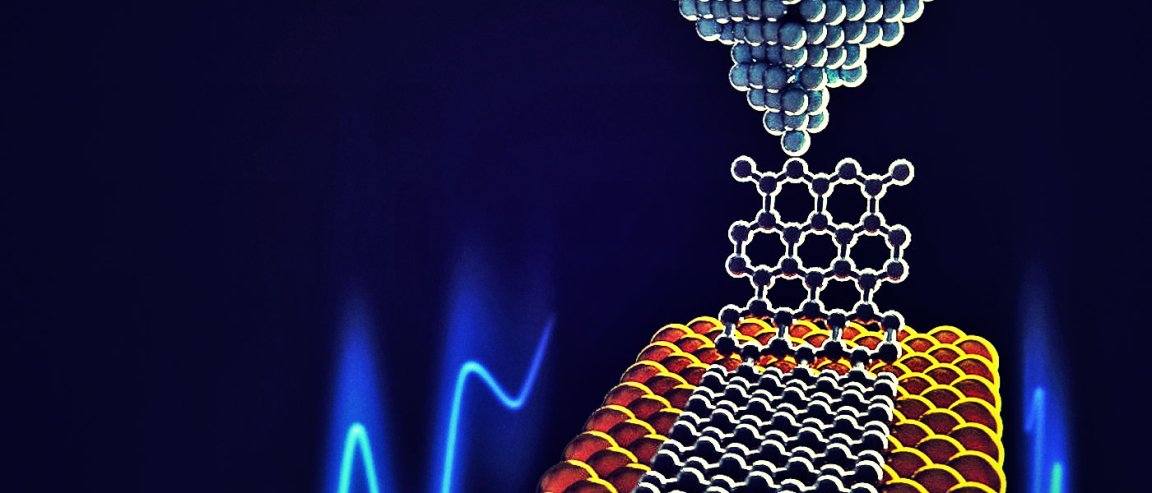
Why Graphene is so Wonderful
Graphene is truly a wonder material. It is about 200x more electrically conductive than silicon and 10x more thermally conductive than copper. The electrons in graphene move extremely fast and behave very much like photons, which make up light and have zero effective mass.
And that’s just the start of graphene’s amazing features.
An international team of physicists at the University of Basel and Empa have been studying graphene’s lubricity on a nanometer scale, and they discovered that graphene could drastically reduce energy loss in machines if it is used as a coating, as it produces less friction—much less friction.
Their study has been published in Science.

Perfect lubricant
Graphene is known for it’s superlubricity (a regime of motion in which friction vanishes or very nearly vanishes), which helps improve energy efficiency and extends the life of the equipment, but we didn’t know just how effective it was until now. The team of physicists focused on studying the high lubricity of graphene by combining experimentation and computation.
The study, led by Prof. Ernst Meyer from the University of Basel, used computer-based calculations to investigate the interactions between the surfaces of graphene and gold as they moved past each other. They also anchored two-dimensional strips of carbon atoms (also known as graphene nanoribbons) to a sharp tip and then dragged them across a gold surface.
Together, these experiments demonstrated graphene’s unique, near-frictionless properties.
Thanks to this work, scientists anticipate that this material will be used in very thin coatings so that there will be minimal (though obviously not absolutly zero) energy loss between mechanical parts.
Scientists now think that is possible to move the nanoribbons with a length of 5 to 50 nanometers by using tiny forces measuring just 2 to 200 piconewtons. “Our results help us to better understand the manipulation of chemicals at the nano level and pave the way for creating frictionless coatings,” write the researchers.